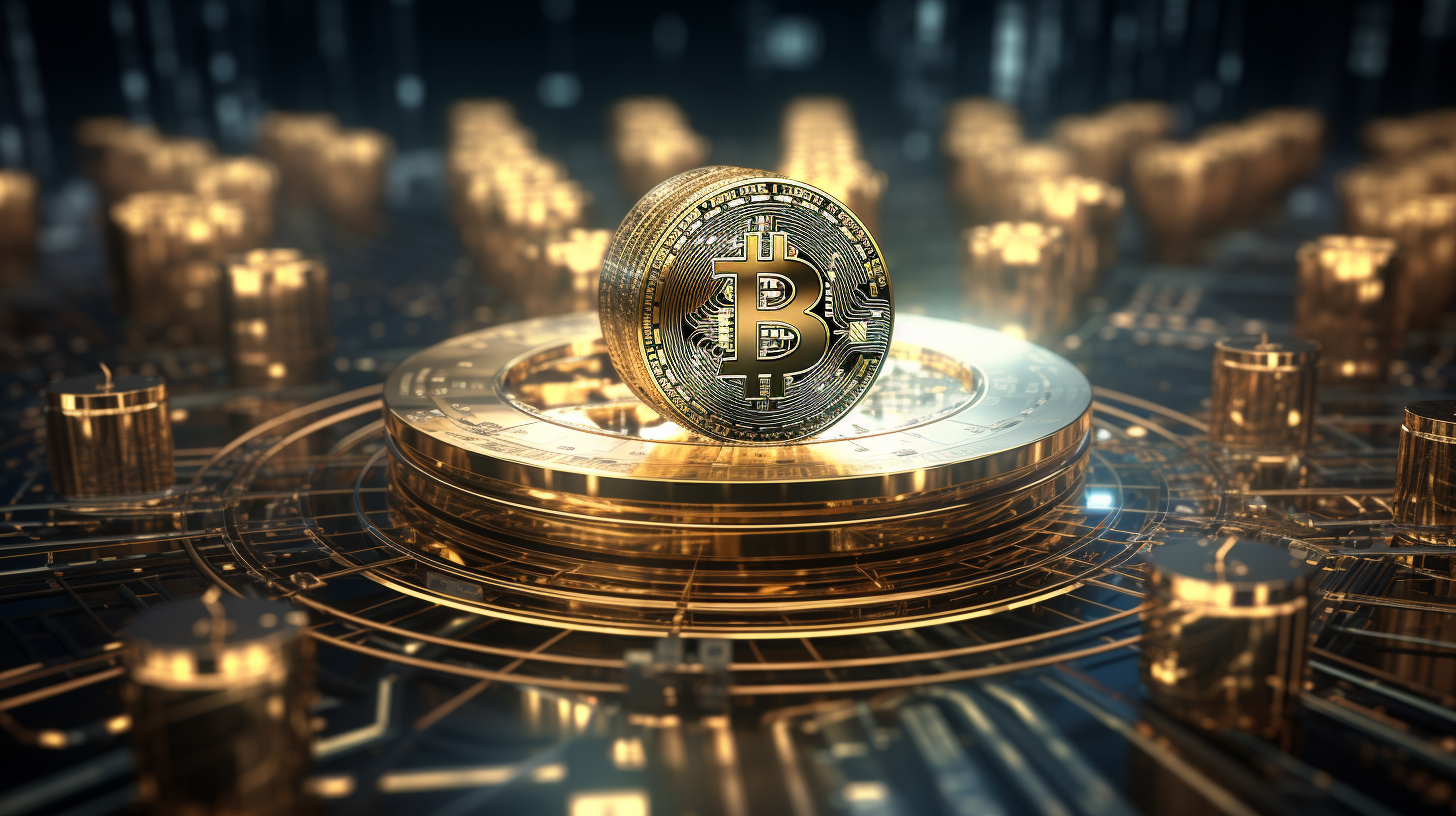Imagine a world where your house, your car, even your vintage guitar collection could be split into digital shares, each one traded globally within seconds. This isn’t a futuristic fantasy; it’s a reality evolving today in our crypto-only economy. Gone are the days when cryptocurrencies were seen merely as speculative assets. The era of tokenized real-world assets has dawned, and with it comes an exhilarating mix of opportunities and challenges.
At the heart of this transformation lies the promise that anything can be tokenized— transforming physical assets into digital tokens on the blockchain. These tokens represent a stake in ownership, a claim on a physical asset’s future value, or a share of its revenue streams. The implications are monumental, shaping everything from real estate to fine art, from precious metals to intellectual property.
In the vibrant ‘crypto-cities’, you can find bustling crypto markets where real estate is bought and sold not in exhaustive paperwork and irritating delays but as digital tokens. These tokens are as easy to trade as the cryptocurrency you use to buy your morning coffee. A building in the heart of downtown is no longer just an investment for the wealthy few; it’s a pie that everyone can have a slice of, with the smallest investor able to own a stake thanks to fractional ownership.
Let’s take the art world, for instance. Before, provenance and authenticity were issues tackled with careful documentation and expert opinions, akin to a dance of trust. Now, with blockchain’s immutable ledger, the history of ownership and authenticity are irrefutably linked to the artwork itself, bringing peace of mind to collectors and artists alike. Furthermore, artists can continue to receive royalties automatically through smart contracts every time their artwork changes hands on the digital market—something previously nearly impossible to track.
The tokenization of commodities like gold and silver offers another tantalizing prospect. Instead of storing physical bars in a vault, you can hold digital tokens linked to the actual value of the metal. This process democratizes access to investments traditionally reserved for the deep-pocketed and institutional investors. It’s a kind of financial inclusion ushered in by the blockchain revolution.
Meanwhile, challenges remain. Regulatory frameworks are scrambling to keep pace with these rapid developments. While some view the tokenization trend as liberation from archaic systems, others cast a wary eye on the potential for misuse or over-speculation that could harm unwary investors. The tension between innovation and control is palpable in policy debates—both an opportunity for wisdom and a playground for folly.
The reverberations of this digital transformation reach far into the spheres of identity and privacy. Could the deed to your home or your car’s title be an NFT in your crypto wallet alongside your dogecoin? Sure! But considerations into how we secure and protect these tokenized assets are ongoing. Cybersecurity, once a niche specialty, is now at the forefront of safeguarding our most precious assets in the blockchain era.
As we look to the horizon, we see emerging technologies pushing the envelope even further. Tokenization is not just a trend; it’s the bedrock of a structural shift in how we perceive ownership and wealth transfer. The blockchain, often touted as the technology of trust, has reshaped our financial landscape in ways that were previously inconceivable.
Our journey through this brave new world of tokenization is just beginning. As we leap ‘Beyond Speculation’, we grasp the tangible impact of the blockchain on assets that we can see, touch, and feel. And this is just the tip of the iceberg; the possibilities are as limitless as the blockchain itself.
